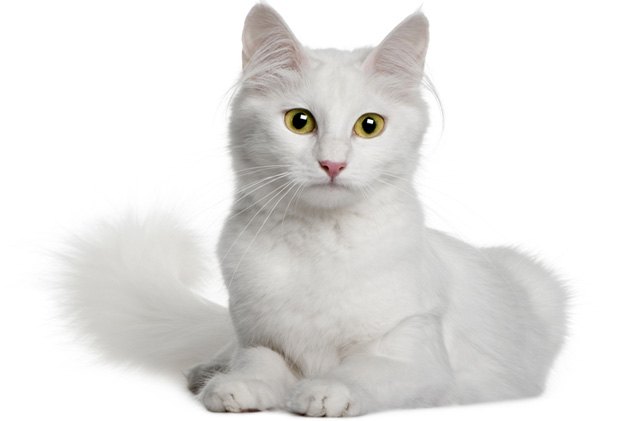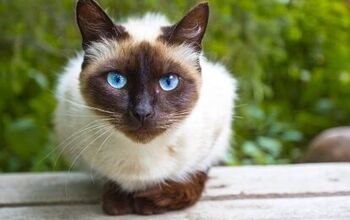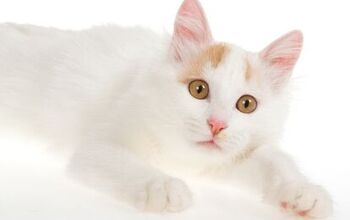Turkish Angora


About Turkish Angora
The Turkish Angora likely originated in the mountains of Turkey, where its medium-length coat protected it from harsh winter conditions. There may be a genetic link to the Manul cat, a wild feline domesticated by the Tartars. The Turkish Angora is a pure and natural breed, which has a written history dating back to France in the 16th century. In the early 1900s, the Turkish Angora was used heavily in Persian breeding programs, and was in danger of disappearing as a distinct breed until rescued by enthusiasts in carefully controlled breeding programs in Turkey. The cat was introduced in America in the 1950s, but all Turkish Angoras must be able to trace their ancestry back to Turkey to qualify for registration.
The Turkish Angora has an outstanding reputation for being not only intelligent but highly adaptable.
The Turkish Angora has an outstanding reputation for being not only intelligent but highly adaptable. Playful and loving, these cats do extremely well with children but are also lively and fun companions for older singles who might otherwise be alone. Turkish Angoras are accepting of dogs, although they will quickly establish themselves as the boss of the household. Inquisitive and welcoming by nature, these are not the kinds of cats to hide under the bed when company comes over. They like to be right in the middle of whatever is going on.
The Turkish Angora is an elegant cat with fine bones and long legs. They are well muscled and athletic, and capable of terrific feats of jumping and climbing. The ears have a good amount of fur, and are fairly large, always held at an upright and alert angle. These cats have blue, green, yellow, or amber eyes, and it’s possible for odd-eyed combinations to appear. Regardless of color, the almond-shaped eyes are always expressive and sweet. A Turkish Angora carries his plumed coat upright in a confident manner, holding it perpendicular to his back. Everything about the build and posture of the Turkish Angora speaks of an alert and engaged presence, as if the cat has walked into the room and announced, “I’m here!”
White remains the most popular color in the Turkish Angora breed, but there has been an increasing emphasis on broadening the color base. Solid colors are now present in cream, red, blue, and black, with tortoiseshell, spotted tabby, mackerel, and bi-color patterning. Smoked and shaded colors are under development, but lavender, chocolate, and colorpoints are not acceptable.
The Turkish Angora’s silky coat is soft, but need only be combed once or twice a week. Either a fine-toothed metal comb or a slicker brush works extremely well with this breed to remove loose hair. More frequent combing is required in the spring and summer to stay ahead of seasonal shedding, which will also cut down on the number of hairballs. The Turkish Angora tends to be very compliant with its required maintenance. They are people cats, and if a grooming routine is started early in its life, the Angora simply assumes being brushed is another “thing” he does with his human.
Photo credit: Eric Isselee/Shutterstock

Amy Tokic, Editor of PetGuide.com, is a passionate animal lover and proud pet parent of Oscar, a Shih Tzu/Chihuahua cross, and Zed, a Japanese Chin. Her love of animals began in kindergarten, when she brought her stuffed dog Snoopy into class with her every day. Now, she writes about her adventures in pet ownership and tirelessly researches products, news and health related issues she can share with other animal enthusiasts. In her free time, Amy loves perusing used book and record stores, obsessing over the latest pet products available and chasing squirrels with wild abandon (a habit attributed to spending too much time with her pooches).
More by Amy Tokic

























